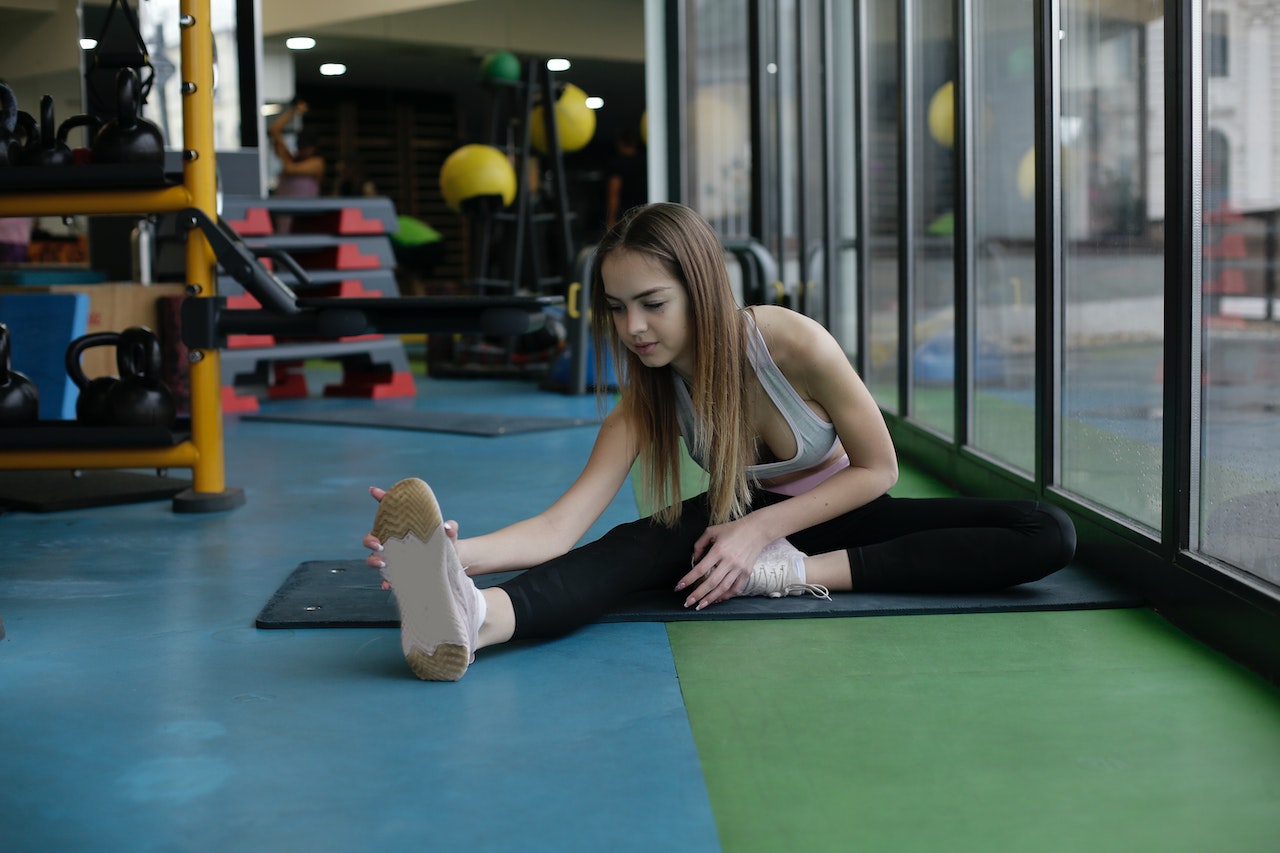
As athletes, we often focus on building strength, power, and speed. However, we often overlook the importance of flexibility and range of motion. Research has shown that flexibility can have a significant impact on reaction time and overall athletic performance.
In this article, we will explore the importance of full range of motion flexibility and how it can improve your reaction timing.
Studies have shown that individuals with limited flexibility have slower reaction times than those who are more flexible. This is due to the fact that limited flexibility results in limited range of motion, which in turn limits the amount of time an athlete has to react to a stimulus. For example, if a basketball player has limited ankle flexibility, they will have a harder time quickly changing direction and pivoting on the court, which can result in slower overall play and decreased performance.
In addition to improving reaction time, full range of motion flexibility can also help prevent injuries.
When muscles are tight and range of motion is limited, the body is more prone to injury. That’s because it is forced to move in ways that it is not designed to. By maintaining a full range of motion and flexibility, athletes can help prevent muscle strains, tears, and other injuries that could sideline them for weeks or even months.
So how can athletes improve their flexibility and range of motion?
One way is through stretching and mobility exercises.
Dynamic stretching, which involves moving through a range of motion while stretching, is more effective than static stretching at improving flexibility and range of motion. Incorporating yoga, Pilates, or other forms of flexibility training into your routine can also be beneficial. (See our other article on different stretching styles and when to properly implement them.)
It is important to note that flexibility training should be done in conjunction with a well-rounded fitness routine that includes strength training, cardiovascular exercise, and proper nutrition. All of these components work together to create a well-rounded athlete who is not only strong and powerful but also flexible and quick on their feet.
In conclusion, full range of motion flexibility is a crucial component of athletic performance. By improving flexibility and range of motion, athletes can improve their reaction time, prevent injuries, and ultimately improve their overall performance. So, the next time you hit the gym, remember to bend to win!
Sources:
- Behm, D.G., Chaouachi, A. (2011). A review of the acute effects of static and dynamic stretching on performance. European Journal of Applied Physiology, 111(11), 2633-2651.
- McHugh, M.P., Cosgrave, C.H. (2010). To stretch or not to stretch: the role of stretching in injury prevention and performance. Scandinavian Journal of Medicine & Science in Sports, 20(2), 169-181.
- Shrier, I. (2004). Stretching before exercise: an evidence-based approach. Scandinavian Journal of Medicine & Science in Sports, 14(5), 277-278



